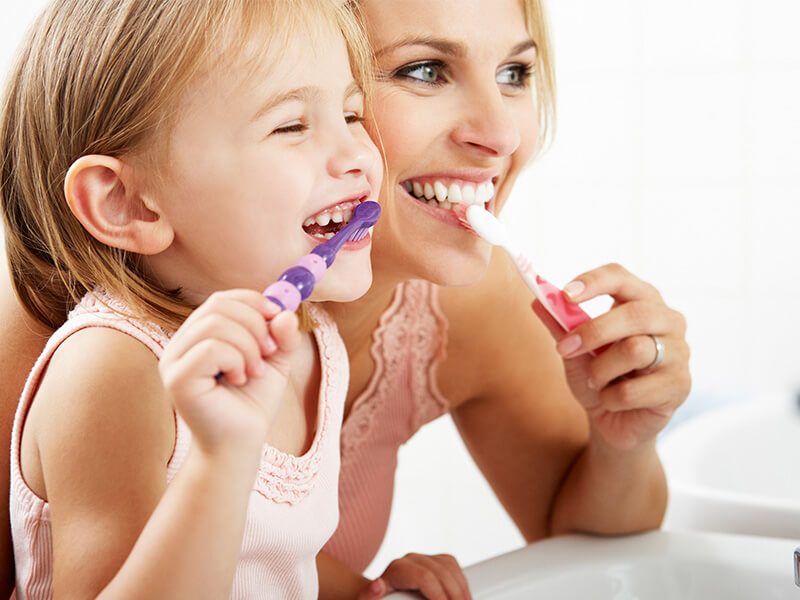Are electric toothbrushes better than manual brushes?
Our dental experts pit powered and manual toothbrushes head-to-head to weigh up which will work best for you.

It is the face-off for superiority to determine which type of toothbrush best keeps your pearly whites sparkling clean.
The modern, faster electric model versus the humble old-school manual toothbrush.
Regardless of which you prefer, the right brushing technique and time invested will do the trick.
Australian Dental Association Oral Health Committee chairman Peter Alldritt says it’s a case of different strokes for different folks.
“In theory, everyone should be able to achieve a perfect clean with a manual brush,” Peter says.
“But the problem is that so many of us are in a hurry, and we’re too lazy, so we’re not perfect at doing it.
“At the end of the day, it’s hard to say which is better, because both have their advantages and disadvantages.”
- Essential routine: Want health teeth? You need to floss
What the research says on electric v manual toothbrushes
Peter says that most of us spend insufficient time on each section of the mouth, and often use an incorrect horizontal technique instead of the recommended up-and-down or round-and-round approach with a manual toothbrush.
With the correct timing and technique, dental experts agree the far less expensive manual toothbrush certainly does the job, but an 11-year study completed in 2019 found that using electric toothbrushes long-term kept teeth for longer and ensured healthier gums.
Researchers found those who used an electric toothbrush had 22 per cent less gum recession and 18 per cent less tooth decay than those using a manual toothbrush.
- Pearly whites: 10 surprising dos and don’ts of good dental health
Teach your kids how to brush effectively
Recent generations of children are growing up opting for the convenience of electric toothbrushes.
While Peter says this is effective, he stresses that they should always learn the old-fashioned way first.
“When it comes to children, I warn parents: ‘What will you do one day when the battery is flat because you forgot to charge it up?
“Are you going to send your kid to bed without brushing because they don’t know how to use a manual one?
“I like my young patients to learn how to brush with a manual brush, then introduce electric later.
“I just think kids should learn that skill.”
- Dental hygiene: Why healthy teeth are good for your health
Electric toothbrushes a clear winner with older people
Peter says an electric toothbrush can “way outperform a manual one” when used by older patients.
“When people are getting older, they might have arthritic hands and haven’t got a good grip, losing a bit of dexterity,” he says.
“So a lot of older patients do a much better job with an electric toothbrush.”
- Take a bite: Foods to eat and avoid for healthy teeth
How to choose the right electric toothbrush
If you’ve decided to go electric, it’s essential to choose one appropriate for you.
Peter says the key factor is how the brush head moves.
“If it just vibrates, it’s not going to do much,” he says.
“Something that only vibrates still relies on your technique and hand movement.
“It has to have an oscillating motion, so it rotates back and forth.”
- Miracle mineral: Why your teeth need fluoride to thrive
How long should we brush our teeth for?
To gain maximum benefit from brushing teeth, the Australian Dental Association recommends brushing for at least two minutes morning and night, and if using a manual toothbrush to opt for a soft-bristled one with a small head and flexible neck.
Alternatively, buy an electric toothbrush that has a two-minute timer, so there’s no need to watch the clock.
No matter which tool of the trade you choose the ADA points out that even the best brushes don’t reach the areas between the teeth to remove bacteria, plaque or leftover food and that flossing at least once a day is essential.
Updated May 2022.






